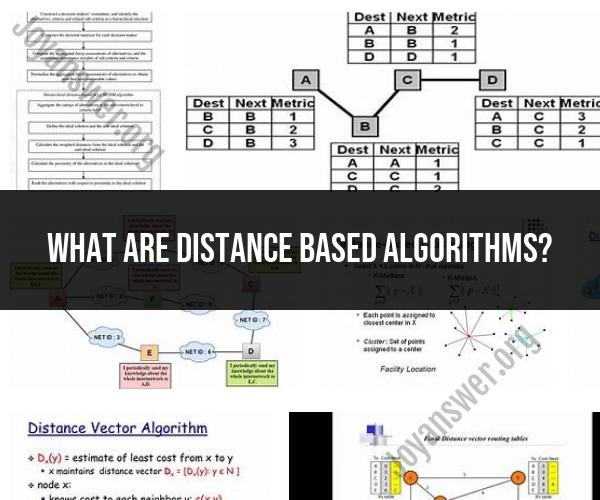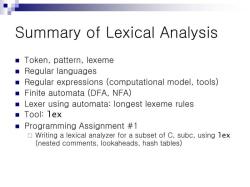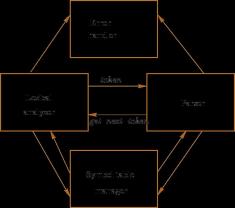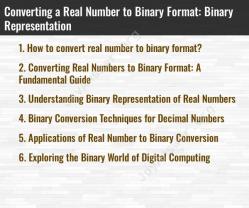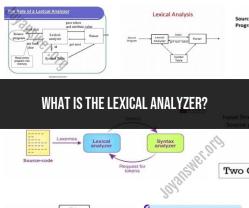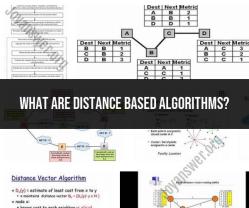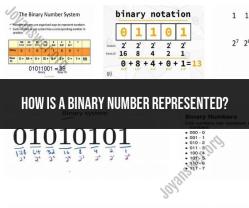What are distance based algorithms?
Distance-based algorithms, also known as distance metrics or similarity measures, are computational techniques used in various fields of computer science, machine learning, data mining, and information retrieval to quantify the similarity or dissimilarity between data points. These algorithms play a crucial role in tasks such as clustering, classification, recommendation systems, and anomaly detection. The fundamental idea behind distance-based algorithms is to define a distance or similarity measure that quantifies how alike or different two data points are.
Here are some key aspects of distance-based algorithms:
Distance Metrics: A distance metric defines a mathematical measure of dissimilarity or similarity between two data points in a given space. Common distance metrics include:
- Euclidean Distance: Measures the straight-line distance between two points in Euclidean space.
- Manhattan Distance (L1 Norm): Measures the sum of absolute differences along each dimension.
- Cosine Similarity: Measures the cosine of the angle between two vectors, often used for text/document similarity.
- Jaccard Similarity: Measures the size of the intersection of sets divided by the size of their union, commonly used for set data.
- Mahalanobis Distance: Accounts for the correlations between dimensions and scales them differently.
Clustering: Distance-based algorithms are often used in clustering techniques like K-Means and Hierarchical Clustering. These algorithms group similar data points together based on the distances between them, forming clusters of related items.
Classification: In machine learning, distance metrics can be used in classification algorithms like k-Nearest Neighbors (k-NN). k-NN assigns a label to a data point based on the labels of its nearest neighbors in the feature space, where "nearest" is determined by a distance metric.
Recommendation Systems: Distance-based similarity measures are frequently used in recommendation systems. For example, collaborative filtering algorithms often use cosine similarity or Euclidean distance to find similar users or items for making personalized recommendations.
Anomaly Detection: Distance-based methods can be employed in anomaly detection to identify data points that are significantly different from the majority of the data. Points that are distant from the center of a cluster or exhibit unusual distance patterns can be flagged as anomalies.
Dimensionality Reduction: Distance-based algorithms are sometimes used in dimensionality reduction techniques, such as Multi-Dimensional Scaling (MDS) or t-Distributed Stochastic Neighbor Embedding (t-SNE). These methods aim to preserve pairwise distances or similarities between data points in lower-dimensional spaces.
Information Retrieval: In information retrieval and text analysis, distance metrics are used to determine the similarity between documents or query terms, allowing search engines to retrieve relevant documents or items.
Optimization: Some optimization algorithms, like the k-means clustering algorithm, rely on distance metrics to update cluster centroids iteratively until convergence.
Distance-based algorithms are versatile and widely applied in data analysis and machine learning because they provide a quantitative way to measure the relationships between data points. The choice of a specific distance metric depends on the nature of the data and the requirements of the particular application. Selecting an appropriate distance metric is a crucial step in the design and implementation of distance-based algorithms.
